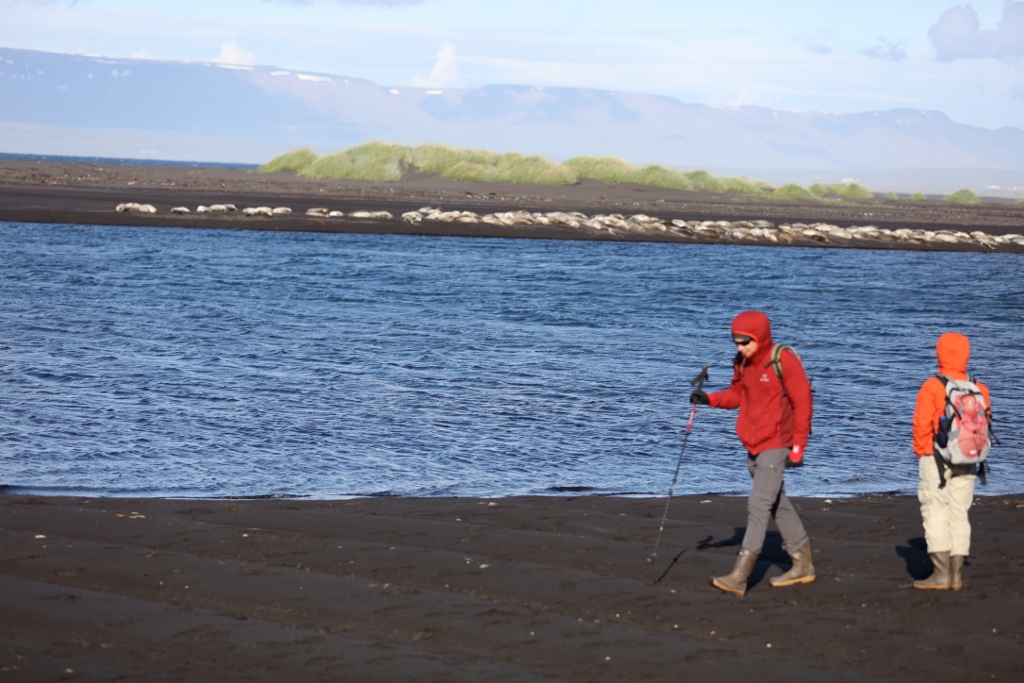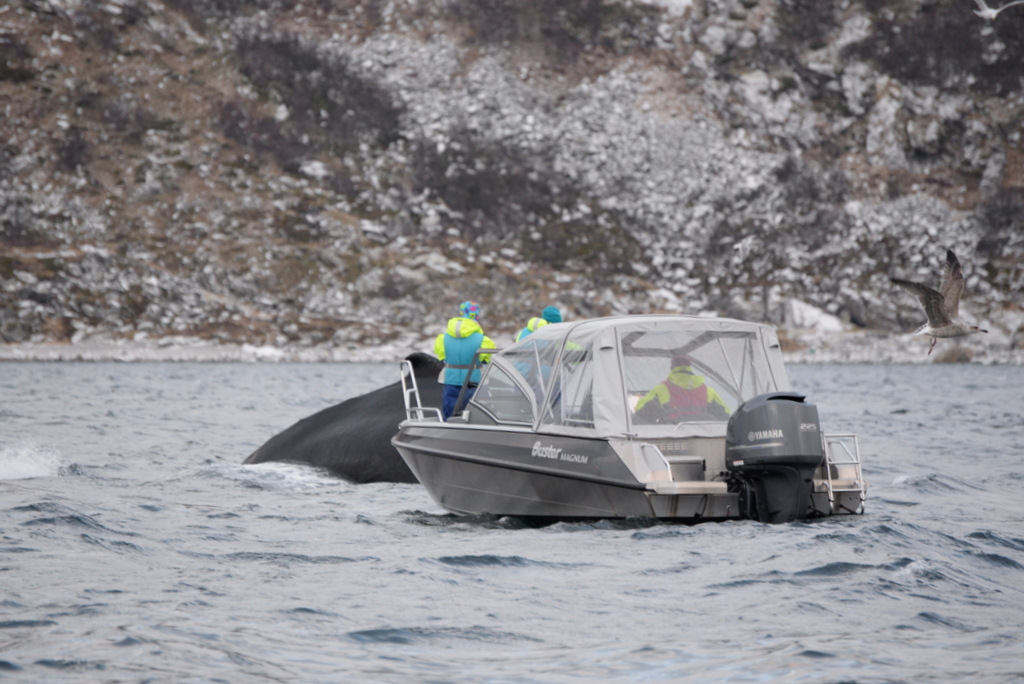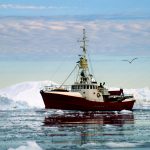Human activities, such as shipping, fishing, oil, gas and seismic exploration, marine renewable energy production and tourism can cause disturbance to marine mammal populations. These activities occupy areas, generate noise, and may pollute and degrade habitat. They may disrupt the animals’ normal behaviour such as foraging, nursing, socialising, resting and migration. The result may be a decrease in individual fitness and survival rate.

Svalbard © P. Prokosch / Grid Arendal
Disturbance may affect individuals and be a welfare issue, but it may also have effect at the population level. By disrupting or destroying habitat, disrupting breeding, moulting and haulout areas (particularly for seals and walruses), entire groups may be ultimately displaced from their preferred habitats, indirectly decreasing reproductive success and increasing mortality rate in the group.
In the Arctic, the decreasing sea ice coverage due to climate change has opened previously “pristine” and protected areas to increased human presence and activities (oil, gas and mineral development, shipping, fishing and tourism). This development will likely continue in the future as will the reductions in sea ice. In areas essential to marine mammals, the impact of these anthropogenic activities needs to be evaluated, so it can be accounted for in population modelling and management.

Windmills © Myguiltypleasures
Disturbances act in synergy with other stressors, and may become significant challenges for certain species (see Cumulative Impacts). A major concern is that environmental impact studies conducted to look at the effects of development projects usually deal with one issue and do not take into account the cumulative and synergistic effect of different stressors. Predicting and assessing the detrimental effects of disturbance on marine mammals is difficult and thorough environmental impact assessments need to be conducted. Mitigation will require marine spatial planning.
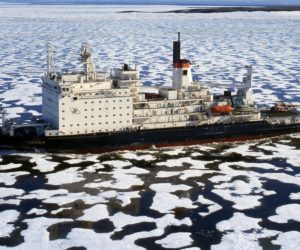
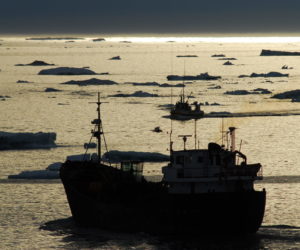
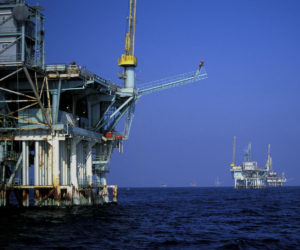
Whale and Seal Watching
Whale and seal watching is the fastest growing form of ecotourism, worth billions of dollars annually. The operations provide local income and employment opportunities and are currently the biggest economic activity reliant upon marine mammals.
However, there is growing concern that marine mammal watching can negatively affect some populations, especially small localised ones. Numerous studies have shown that cetaceans and seals exhibit behavioural changes (inhibiting of feeding, nursing, resting) in response to watching-boats or observers traffic. For some species, there is convincing evidence that these disturbances cause negative effects at the population-level, such as reduced reproductive rates and increased mortality rates, both directly and indirectly.
Too close approaches by whale and seal watchers (or watcher’s platform) may disturb animals and result in modified behaviour, particularly in breeding and nursery areas. Direct collisions between whale watching vessels and animals happen and do result in injuries. Neonates and calves are particularly vulnerable to vessel collision, and frequent interactions of groups containing calves with moving vessels are of particular concern. Additionally, there have been reports of tourists feeding seals and dolphins or lifting calves out of the water to take closer pictures or selfies.
Marine mammal watching needs to be organised in such a manner that it prevents disturbance and injuries to the animals. The introduction of guidelines or regulations for whale and seal watching are still the most common method of trying to mitigate their impacts. However, the comprehensiveness and clarity of these guidelines vary a lot, and compliance can be poor.
